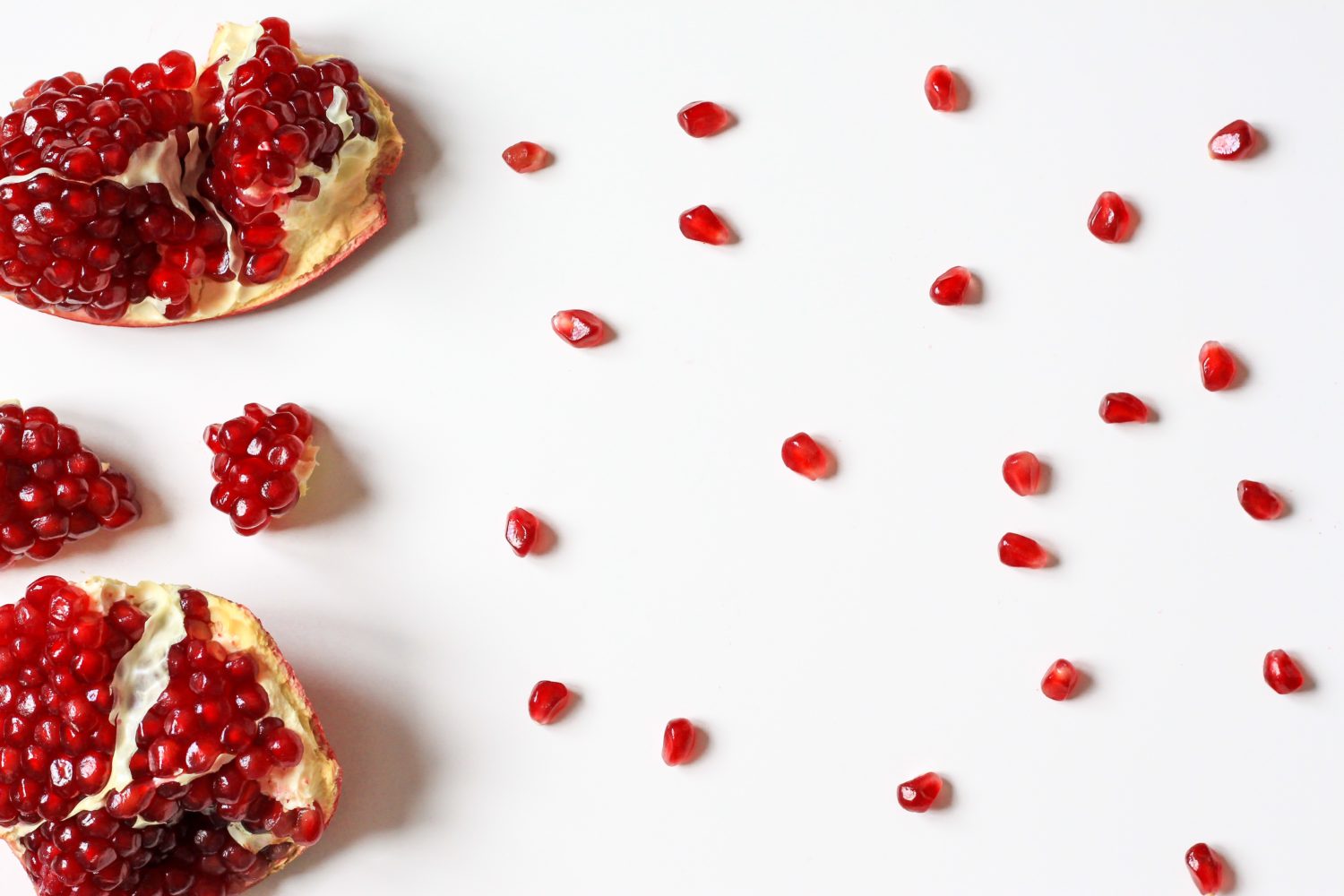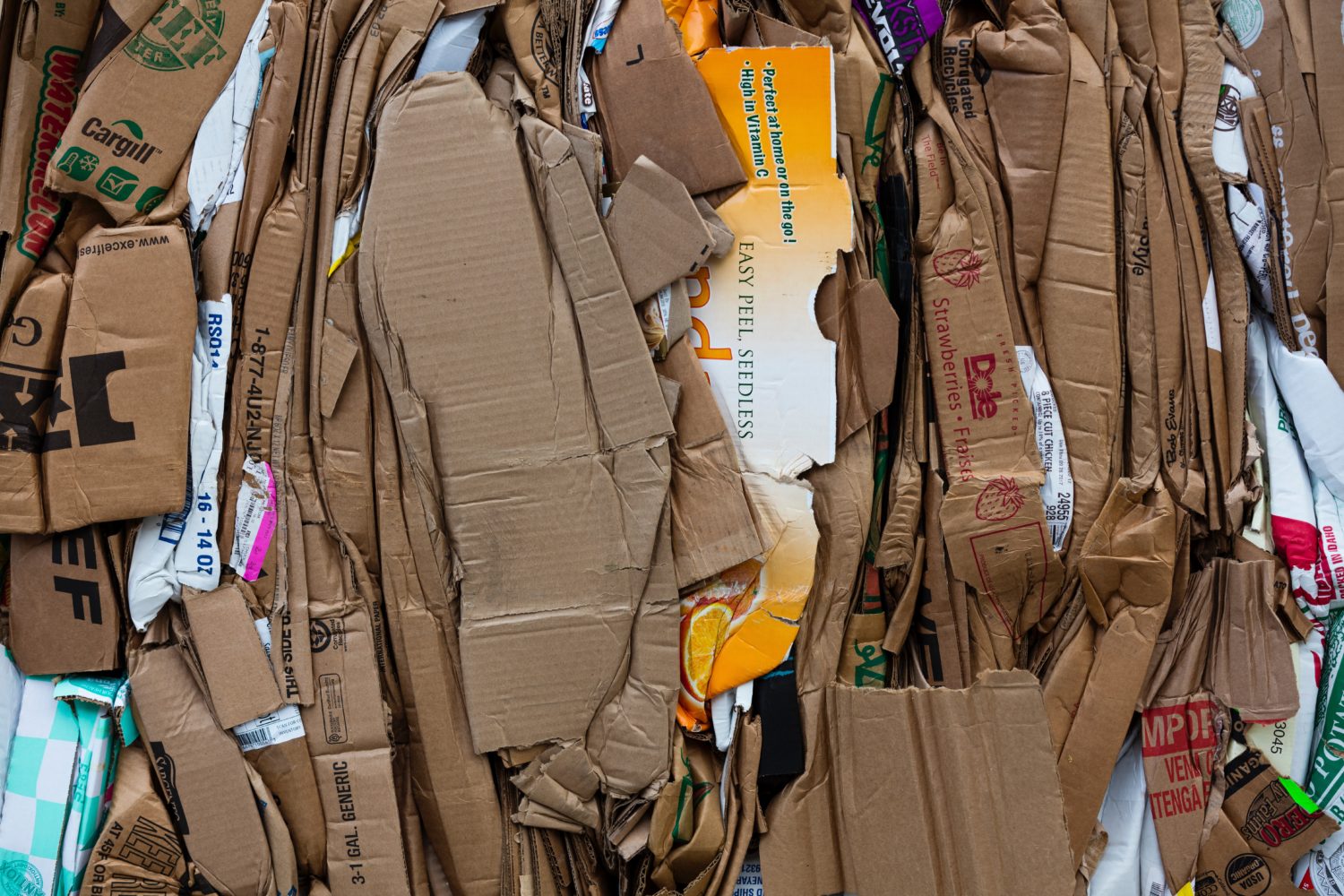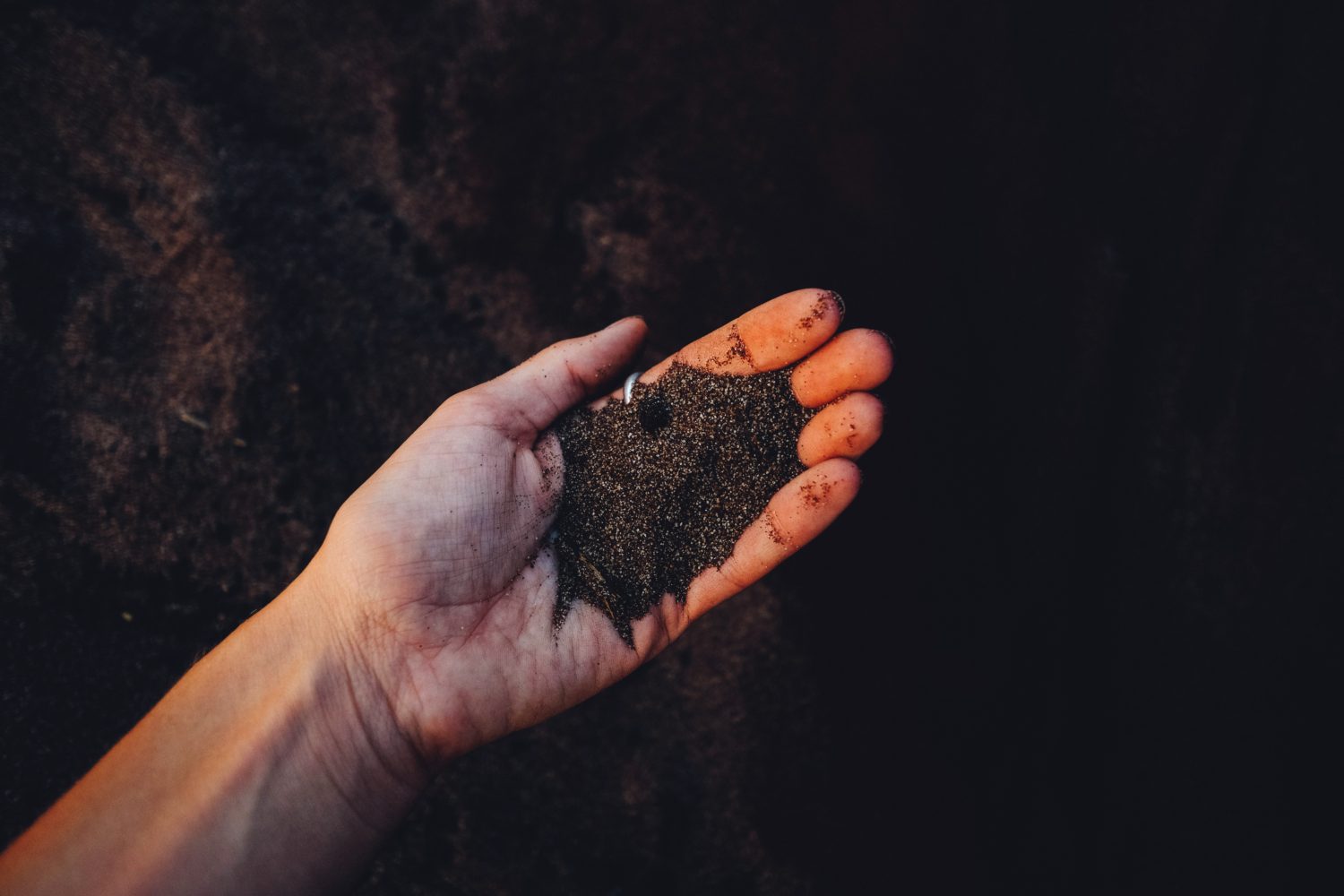Tips
-
Move 27 Items In Your Home
Have you heard of the Feng Shui idea that moving 27 items can change your life? I think “change your life” might be a bit of a stretch BUT moving 27 items can…
-
A Zero Waste Period
Oh yeah. We’re gonna talk about it. Like most women who get their periods, I used to use tampons… but ~20 tampons (or pads) a cycle? That’s a lot of waste. And a…
-
Minimal Waste Travel
As someone who travels a fair amount, I really do try to be mindful of the trash I produce while exploring the world. But. Reducing waste while traveling is HARD. Between all the…
-
Zero Waste Doggos
Meet our dogs, Scout and Sydney. Sydney is our 14 year old golden and Scout is our 1 year old golden. Aren’t they cute? Now. Dogs sure do produce a lot of waste.…
-
-
Composting with Bokashi
I love composting with bokashi. Okay, rewind. What is bokashi anyways? Bokashi is a way of fermenting food waste (including dairy and meat, which usually isn’t composted in the traditional way) so that…
-
How to Recycle Better
Disclaimer: I am basing this information off of what I learned while touring our local recycling facility. Your facility may be different with different recycling rules and procedures. The best way to find…





